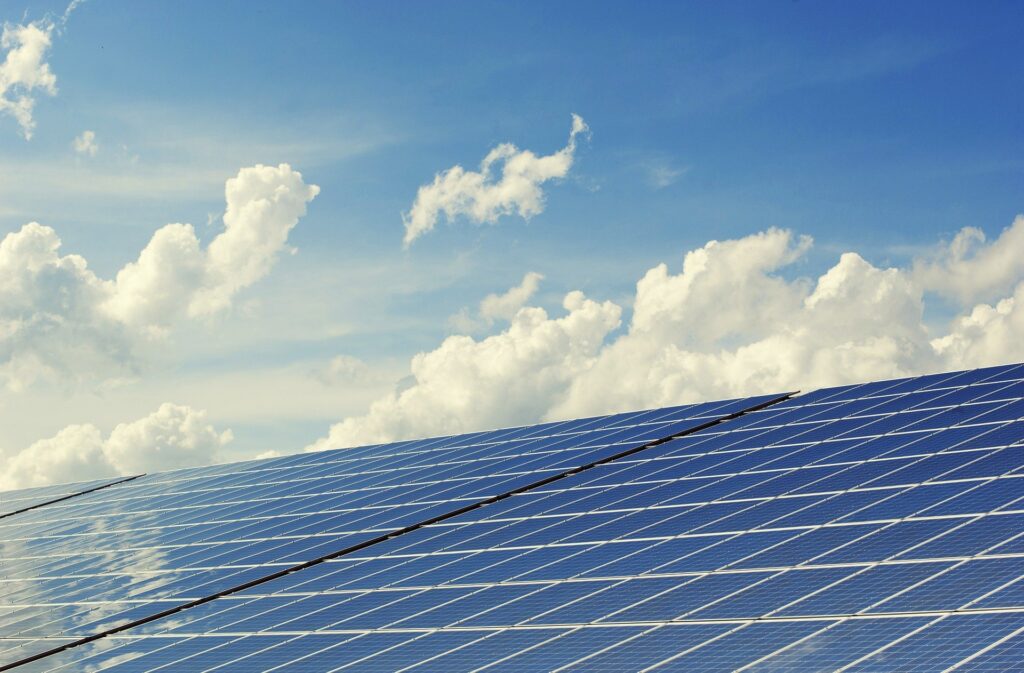In 2019, New York State passed the Climate Leadership and Community Protections Act (CLCPA) as the framework required for lowering the state’s carbon emissions. The act outlines several different clean energy targets:
- By 2025, over 6,000 MW of solar to be installed within the state
- By 2030, 70% of the state’s generation from renewable sources, such as solar, on- or offshore-wind, geothermal energy, wave energy, and hydroelectric resources. Additionally, a requirement of 3,000 MW of energy storage capabilities.
- By 2040, a zero-emission power sector (including zero-emission nuclear, so not necessarily 100% renewables)
- An 85% reduction in greenhouse gas emission by 2050 when compared to 1990 levels
As part of this initiative, the New York Public Service Commission (PSC) recently announced modifications to the state’s current Clean Energy Standard (CES) program to support the 2030 goal of 70% renewable energy. The modifications are as follows:
- Changes to renewable generation eligibility and its procurement process
- Increase offshore wind production from 2,400 MW by 2030 to a minimum statewide goal of 9,000 MW by 2035
- Creation of a Tier 4 large-scale program to value renewable energy deliveries into New York City Zone J
By creating this new Tier 4, Load Serving Entities (LSEs), such as your current 3rd party energy supplier (e.g. Engie, Constellation, Direct Energy, Aggressive Energy, etc.), will be obligated to purchase qualifying Tier 4 Renewable Energy Credits (RECs) in order to stay in compliance. Each LSE will need to procure enough RECs in proportion to its overall grid load, reconciled on an annual basis. For a renewable resource to qualify as Tier 4, the resource itself must be either located within Zone J or its power produced must be directly delivered into Zone J via a new transmission line (both of which do not currently exist at scale). The purchasing process for these RECs for LSEs will be comparable to the purchase of Zero Emissions Credits (ZECs). Any offshore wind production will not count as a Tier 4 REC and will be a separate cost/attribute (ORECs, or offshore wind renewable energy credits).
Currently, there are still many unknown details regarding how much this program will cost the end-user per kWh, when it will be implemented, and what type of impact it will have in regards to Local Law 97 and the city’s approach to reducing greenhouse gas emissions. NYSERDA will be issuing an RFP within the next 60 days for bids on the Tier 4 RECs, so when those results are posted we’ll be able to quantify the potential impact on NYC customers.
Regarding Local Law 97, it’s important to evaluate how your buildings are performing against the upcoming regulations. EnergyWatch’s utility data management and reporting platform, watchwire, automatically acquires your invoice data, calculates GHG emissions based on various emission factor sets (including what’s outlined in Local Law 97), and provides reports to analyze potential penalties so we can collectively evaluate energy management and procurement options now and in the future. Contact us or take a look at our solution brief to learn more about how we can help you comply with Local Law 97.
 Top Sustainability Trends to Watch in 2025
Top Sustainability Trends to Watch in 2025

 Log In
Log In








